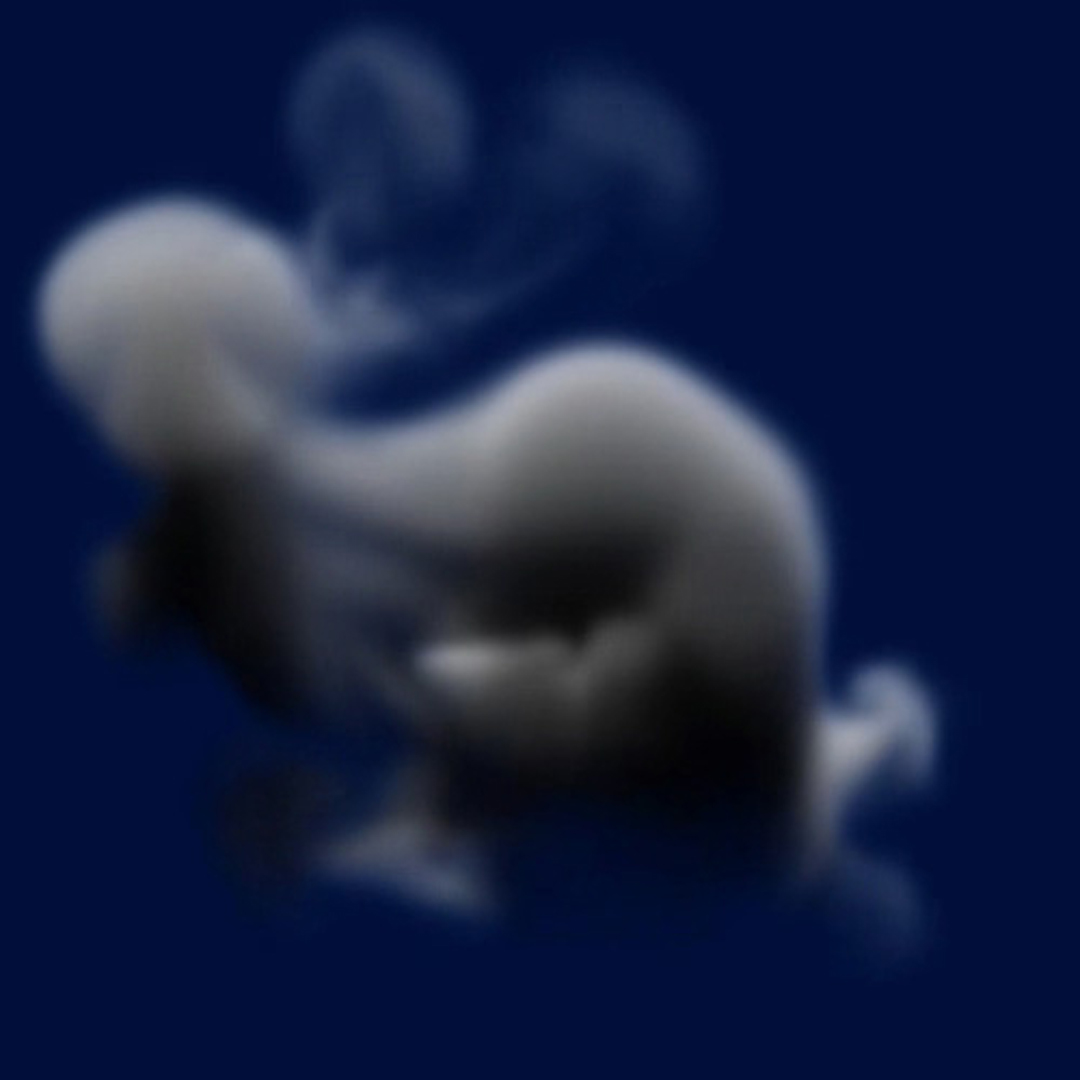“Fluid control using the adjoint method” by McNamara, Treuille, Popovic and Stam
Conference:
Type(s):
Title:
- Fluid control using the adjoint method
Presenter(s)/Author(s):
Abstract:
We describe a novel method for controlling physics-based fluid simulations through gradient-based nonlinear optimization. Using a technique known as the adjoint method, derivatives can be computed efficiently, even for large 3D simulations with millions of control parameters. In addition, we introduce the first method for the full control of free-surface liquids. We show how to compute adjoint derivatives through each step of the simulation, including the fast marching algorithm, and describe a new set of control parameters specifically designed for liquids.
References:
1. ADALSTEINSSON, D., AND SETHIAN, J. 1998. The Fast Construction of Extension Velocities in Level Set Methods. Journal of Computational Physics 148, 2–22. Google ScholarDigital Library
2. BRAZEL, R., HUGHES, J. F., AND WOOD, D. 1996. Plausible motion simulation for computer animation. In EGCAS ’96: Seventh International Workshop on Computer Animation and Simulation. Google ScholarDigital Library
3. BEWLEY, T. R., MOIN, P., AND TEMAM, R. 2001. Dns-based predictive control of turbulence: an optimal benchmark for feedback algorithms. Journal of Fluid Mechanics 447, 179–225.Google ScholarCross Ref
4. BEWLEY, T. R. 2002. The emerging roles of model-based control theory in fluid mechanics. In Advances in Turbulence IX. Proceedings of the Ninth European Turbulence Conference.Google Scholar
5. CHENNEY, S., AND FORSYTH, D. A. 2000. Sampling Plausible Solutions to Multi-body Constraint Problems. In Computer Graphics (SIGGRAPH 2000), ACM, 219–228. Google ScholarDigital Library
6. ENRIGHT, D., MARSCHNER, S., AND FEDKIW, R. 2002. Animation and Rendering of Complex Water Surfaces. In Computer Graphics (SIGGRAPH 2002), ACM, 736–744. Google ScholarDigital Library
7. FATTAL, R., AND LISCHINSKI, D. 2004. Target-driven smoke animation. ACM Transactions on Graphics 23, 3 (Aug.). Google ScholarDigital Library
8. FEDKIW, R., STAM, J., AND JENSEN, H. 2001. Visual Simulation of Smoke. In Computer Graphics (SIGGRAPH 2001), ACM, 15–22. Google ScholarDigital Library
9. FOSTER, N., AND FEDKIW, R. 2001. Practical Animation of Liquids. In Computer Graphics (SIGGRAPH 2001), ACM, 23–30. Google ScholarDigital Library
10. FOSTER, N., AND METAXAS, D. 1996. Realistic Animation of Liquids. Graphical Models and Image Processing 58, 5, 471–483. Google ScholarDigital Library
11. FOSTER, N., AND METAXAS, D. 1997. Controlling fluid animation. Computer Graphics International, 178–188. Google ScholarDigital Library
12. FOSTER, N., AND METAXAS, D. 1997. Modeling the Motion of a Hot, Turbulent Gas. In Computer Graphics (SIGGRAPH 97), ACM, 181–188. Google ScholarDigital Library
13. GHIL, M., IDE, K., BENNETT, A. F., COURTIER, P., KIMOTO, M., AND (EDS.), N. S. 1997. Data Assimilation in Meteorology and Oceanography: Theory and Practice. Meteorological Society of Japan and Universal Academy Press.Google Scholar
14. GILES, M. B., AND PIERCE, N. A. 2000. An introduction to the adjoint approach to design. Flow, Turbulence and Combustion 65, 393–415.Google ScholarCross Ref
15. GRIEWANK, A. 2000. Evaluating Derivatives, Principles and Techniques of Algorithmic Differentiation. SIAM. Google ScholarDigital Library
16. KAJIYA, J. T., AND VON HERZEN, B. P. 1984. Ray Tracing Volume Densities. Computer Graphics (SIGGRAPH 84) 18, 3 (July), 165–174. Google ScholarDigital Library
17. KASS, M., AND MILLER, G. 1990. Rapid, Stable Fluid Dynamics for Computer Graphics. ACM Computer Graphics (SIGGRAPH ’90) 24, 4 (August), 49–57. Google ScholarDigital Library
18. KUNIMATSU, A., WATANABE, Y., FUJII, H., SAITO, T., AND HIWADA, K. 2001. Fast simulation and rendering techniques for fluid objects. Computer Graphics Forum (Proceedings of Eurographics) 20, 3, 357–367.Google ScholarCross Ref
19. LIONS, J. P. 1971. Optimal Control of Systems Governed by Partial Differential Equations. Springer-Verlag, New York.Google Scholar
20. MUELLER, M., CHARYPAR, D., AND GROSS, M. 2003. Particle-based fluid simulation for interactive applications. In Proceedings of ACM SIGGRAPH Symposium on Computer Animation SCA 2003, 154–159. Google ScholarDigital Library
21. OSHER, S., AND SETHIAN, J., 1988. Fronts Propagating with Curvature Dependant Speed: Alogorithms Based on Hamilton-Jacobi Formulations.Google Scholar
22. POPOVIĆ, J., SEITZ, S. M., ERDMANN, M., POPOVIĆ, Z., AND WITKIN, A. 2000. Interactive Manipulation of Rigid Body Simulations. In Computer Graphics (SIGGRAPH 2000), ACM, 209–218. Google ScholarDigital Library
23. POPOVIĆ, J. 2001. Interactive Design of Rigid-Body Simulatons for Computer Animation. PhD thesis, Carnegie Mellon University. Google ScholarDigital Library
24. PREMOZE, S., TASDIZEN, T., BIGLER, J., LEFOHN, A., AND WHITAKER, R. 2003. Particle Based Simlation of Fluids. Computer Graphics Forum (Proceedings of Eurographics) 22, 3, 401–410.Google ScholarCross Ref
25. STAM, J. 1999. Stable Fluids. In Computer Graphics (SIGGRAPH 99), ACM, 121–128. Google ScholarDigital Library
26. TREUILLE, A., MCNAMARA, A., POPOVIĆ, Z., AND STAM, J. 2003. Keyframe control of smoke simulations. ACM Transactions on Graphics 22, 3 (July), 716–723. Google ScholarDigital Library
27. ZHU, C., BYRD, R., LU, P., AND NOCEDAL, J., 1994. Lbfgs-b: Fortran subroutines for large-scale bound constrained optimization.Google Scholar





